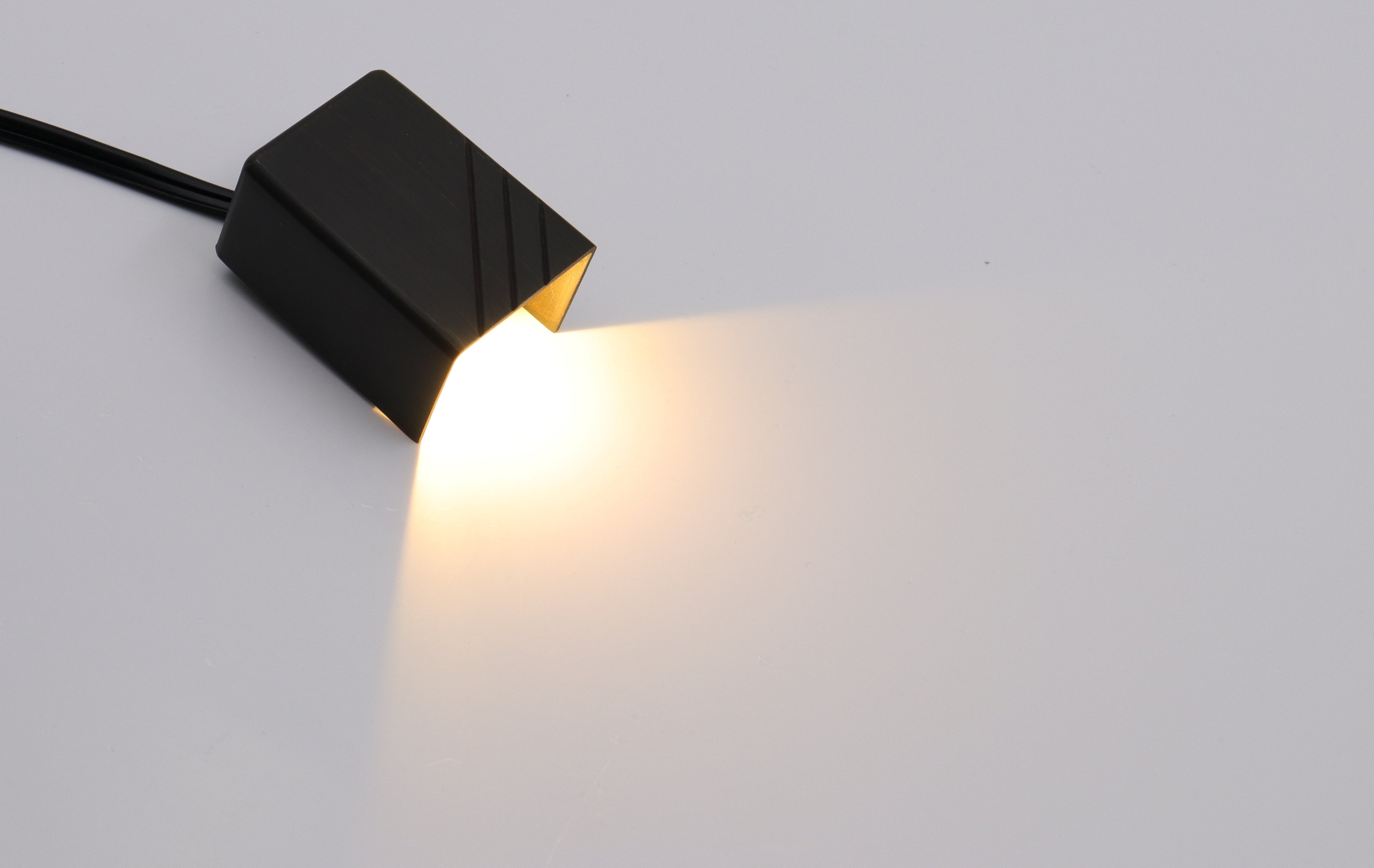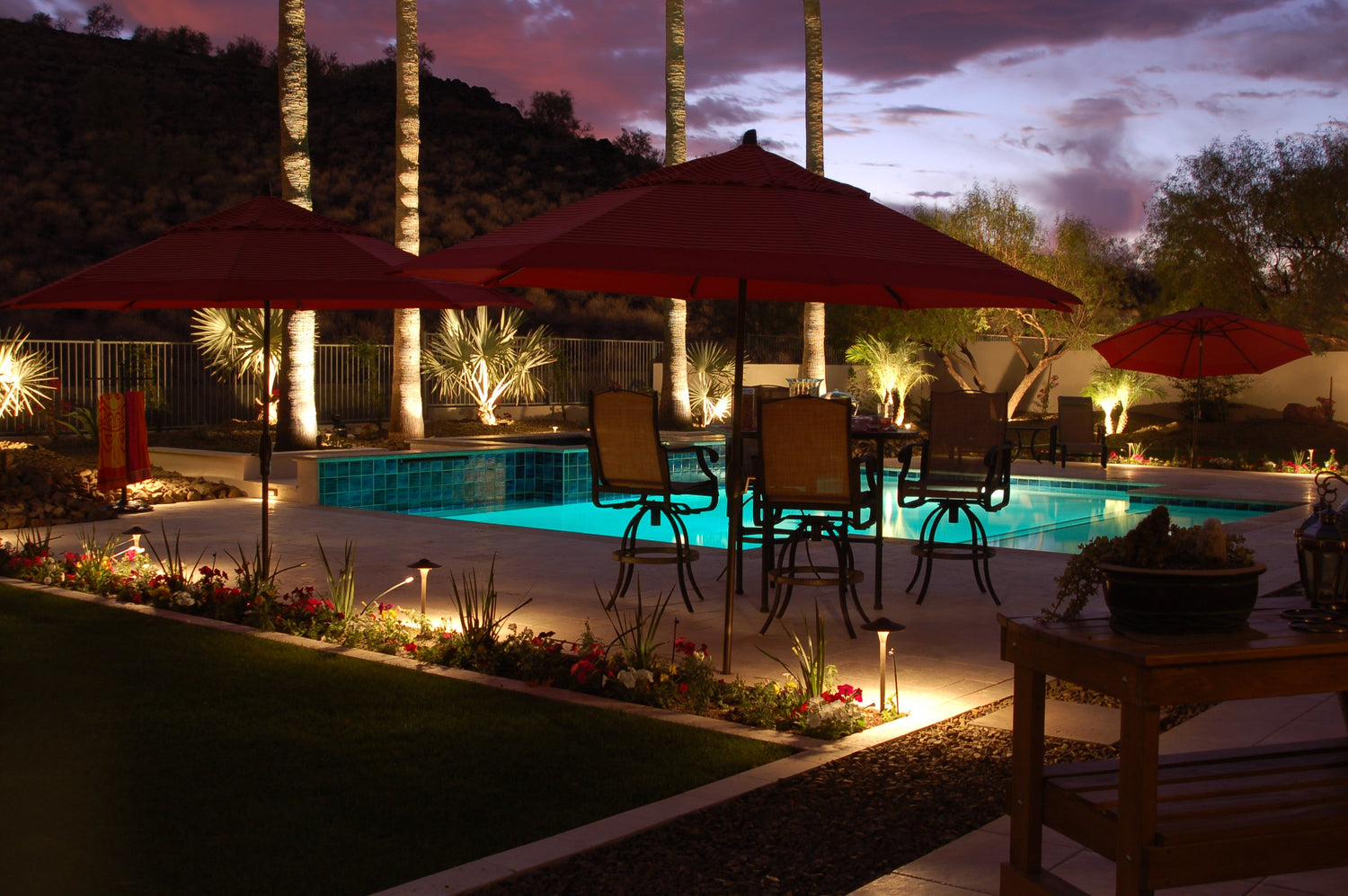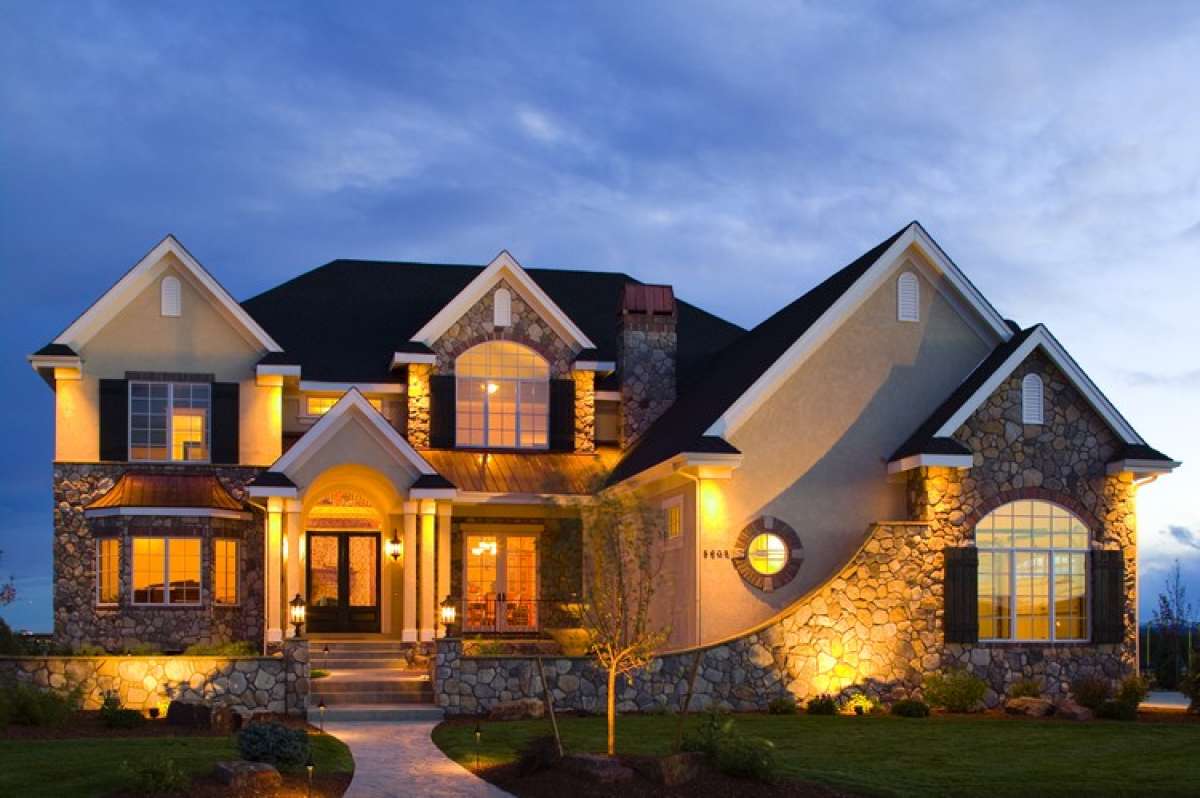Outdoor lighting plays a pivotal role in enhancing the aesthetics and functionality of landscapes around residential and commercial properties. While conventional lighting provides general illumination, the strategic use of color in outdoor spaces can transform landscapes into vibrant focal points full of life and energy. This is where innovative dichroic color filters come into the picture, offering lighting designers creative flexibility in not just achieving the perfect color tones but also improved efficiency.
Dichroic filters, with their unique ability to reflect certain wavelengths while transmitting others, allow for precise color control in architectural and landscape lighting. By leveraging the intense, saturated colors produced by these filters, lighting designers can develop vibrant and visually striking outdoor lighting schemes to match or complement surrounding décor and themes. As dichroic filter technology continues to advance, it is redefining landscape lighting possibilities.
Basics of Landscape Lighting
Landscape lighting refers to the strategic placement of outdoor lighting to showcase or spotlight architectural or natural elements while also serving functional needs like security and safety. The three main types are ambient lighting, which offers general illumination; task lighting for specific activities; and accent lighting to highlight architectural details, plants, or water features. If you want to know the landscape lighting in winter, please click Landscape Lighting Meets Winter: Everything You Need to Know.
Color is pivotal in taking landscape lighting from being just functional to an impactful design element. Warmer hues like red, yellow, and orange evoke energy and excitement, while cool tones like blue and green are more calming. The ability to not just incorporate color but also fine-tune it makes all the difference in landscape lighting. This is where the innate flexibility of dichroic filters proves invaluable.
A Detailed Look at Dichroic Color Filters
Dichroic filters feature ultra-thin coatings made from dielectric materials that filter and reflect light via wavelength-specific interference effects. Unlike conventional color filters that absorb some wavelengths while transmitting others, dichroic filters reflect a specific band of wavelengths. This enables exceptionally efficient and precise color control for lighting.
These filters can reflect up to 98% of a specific color wavelength while transmitting the remaining wavelengths with high efficiency. So, by positioning dichroic filters on light sources, the desired color tone can be perfectly achieved while minimizing light loss. This translates into vibrant, saturated colors in landscape lighting with excellent color consistency and energy savings. Dichroic filters also have an unlimited lifespan, with their coatings highly resistant to heat, scratching, and moisture.
Implementing Dichroic Color Filters in Landscape Lighting
The adaptable nature of dichroic color filters allows for integration into a wide variety of landscape lighting techniques – from grazing architectural exteriors to spotlighting vegetation to infusing pathways with vibrant underfoot colors. When it comes to pathway lighting, low voltage options are a popular choice that offer many benefits.
For ambient glow, medium to wide 25 to 60 degree beam angles with dichroic colors such as red, green, or blue can saturate the surroundings with lively hues. Warmer 2000K to 3000K color temperatures increase after-dark livability for outdoor social events or dining areas. To highlight architectural details, narrow 10-degree beams, and intensely saturated colors reflected off neutral white light sources generate remarkable color contrast and drama.
Trees, bushes, and plants also spring to life when illuminated under dichroic filters. Vibrant color contrasts help uncover aspects generally cloaked after dusk. Strategic downlighting or uplighting with dichroic filters to emphasize foliage textures and shapes transforms gardens and walkways into visual celebrations. The strategic use of color saturation, angle, and directionality with dichroic filters can model organic shapes into a variety of stunning visual impacts. If would like to know more about design techniques: How to Design a Landscape Lighting System in Your Home?
By literally breathing new perspectives into outdoor spaces after dark, dichroic color filters demonstrate how creative implementations of developing technologies can converge with the natural landscape in beautiful harmony.

Design Strategies with Dichroic Filters
Dichroic lighting filters equip designers with astounding flexibility in crafting unified and visually striking landscape illuminations. However, simplicity and moderation make for sensible starting points when first exploring these filters. Using one or two dichroic colors thoughtfully to draw attention to specific architectural details or natural highlights cultivates breathtaking scenery once the sun has set. Contrasting schemes and complementary filter tones also harmonize beautifully in the outdoors.
For modern landscapes, cool blue, green, or amber dichroic uplighting on water aspects and building exteriors complements and intensifies contemporary architecture. In traditional surrounds, warm white illuminations with occasional red and orange filter splashes showcase ornamental property facades while blending seamlessly with existing shrubbery. Fun and vibrant multi-hued pathway lighting adds youthful energy to suburban homes.
The core aim is attaining a visual balance between aesthetic charm and functional lighting necessities for security and livability after dark. Dichroic color filters facilitate exactly that – vibrant, sustainable, and striking landscape illumination designs. With creativity and restraint, these filters empower guards to not just enhance but completely transform outdoor environments once the sunlight has faded.
Challenges and Best Practices
Despite their many advantages, dichroic color filters also come with a unique set of considerations. Improper aiming can make the surrounding areas look unusually vivid or darkened. The exceptionally saturated colors may also overwhelm or look gaudy if not used judiciously. Being highly angle-dependent with their optical properties, dichroic filters perform best when properly aligned within the recommended angles.
When starting out, it is best to use warmer white or neutral color light sources with tighter beam angles rather than broad floods. This allows controlled and focused implementation of dichroic effects. For uplighting trees or façade surfaces, it is vital to graze the surfaces at optimum angles instead of pointing to the light source directly. It is also prudent to select high-quality dichroic filters designed specifically for LED lighting to benefit from precision color transmission, reflectance, and temperature tolerance. Finally, it is worthwhile to preview the lighting outcomes before the final installation.
Explore more lighting ideas: 8 Landscape Lighting Techniques That Will Illuminate Your Home

To Wrap Up
Dichroic filter technology in landscape lighting facilitates never-before color precision, efficiency, and creative possibilities for designers. These lighting filters exemplify a pinnacle of technological and aesthetic innovation in not just enhancing but transforming outdoor spaces with light. As dichroic filter implementations continue proliferating, one can expect ever-increasing iterations of vibrant and sustainable landscape lighting design that delights as much as it serves functional needs. The possibilities are well and truly endless to create distinctive and welcoming outdoor environments after dusk with dichroic color filters.
Q&As
Q: What types of dichroic filters work best for landscape lighting?
A: The choice of dichroic filters for landscape lighting hinges on the specific needs of the lighting project and the desired visual outcomes. While dichroic filters are used with various light sources, including LED and metal halide lamps, it's crucial to select filters that complement the particular fixtures in use. These filters are tailored to produce rich, saturated colors and are designed to endure the operational temperatures, which generally range from 15 to 60 degrees, and lighting conditions typical of outdoor environments. When selecting a dichroic filter, one should consider the fixture type—like MR-16 Bullet or Area/Path Lights—and the filter's compatibility with the intended beam angle, which can range broadly in landscape applications.
Q: How can dichroic color effects be diffused for a more ambient glow versus spot illumination?
A: Dichroic filters produce exceptionally intense and saturated colors, which work beautifully for spotlighting. For a more diffused, ambient glow, additional diffusion accessories can be added behind the dichroic filter, such as lens covers or external snoots and louvers on the luminaire. This helps spread the dichroic colors over a wider beam angle for a vibrant glow instead of narrowly focused spot illumination.
Q: Do dichroic filters degrade or get damaged easily over time?
A: No, one of the major benefits of using dichroic filters in landscape lighting is their exceptional longevity and durability compared to conventional color filters and gels. The dichroic coatings can withstand extensive long-term exposure to heat, UV, and moisture with negligible degradation or damage over decades of continuous daily use. Proper handling is still advised during initial installation and replacements.
Q: Can multiple dichroic filters be combined on a single fixture for custom color mixing?
A: Yes, absolutely. For even greater creative flexibility, various dichroic filters can be stacked or used alongside other accessory filters on fixtures with multiple optical openings or lenses. This allows landscape designers to expertly blend colors and customize unique tones tailored to their precise creative vision or to match surrounding architectural finishes and landscapes.
Read more about landscape lighting:
Landscape Lighting: 2023 Ultimate Guide to 10 Creative Landscape Lighting Ideas to Enhance Your Front Yard and Back Yard






Leave a comment
All comments are moderated before being published.
This site is protected by hCaptcha and the hCaptcha Privacy Policy and Terms of Service apply.